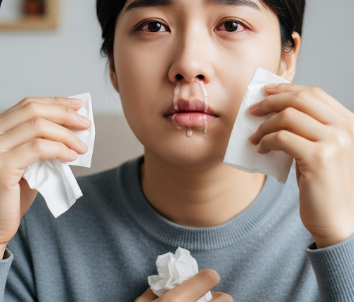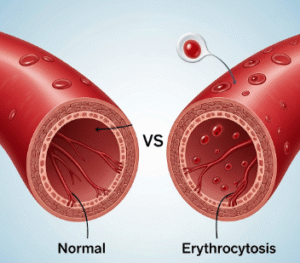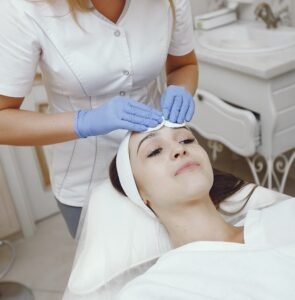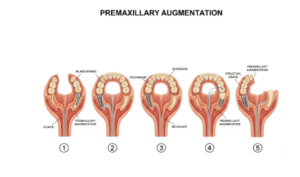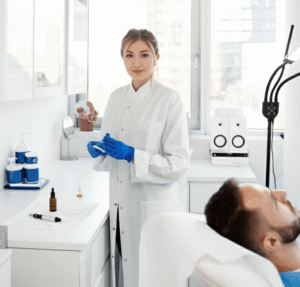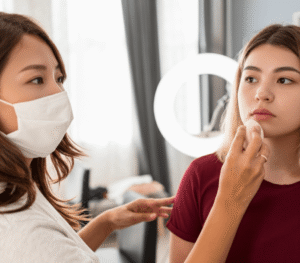Overview
A runny nose, medically referred to as rhinorrhea, is a condition where the nasal passages produce excess mucus, leading to fluid drainage from the nostrils. This symptom is common across all ages and can be temporary or persistent, depending on the underlying cause.
In Korea, healthcare providers carefully evaluate runny nose symptoms to distinguish between benign causes like allergies or viral infections and more serious conditions requiring medical attention. Proper diagnosis helps guide effective treatment and symptom relief.
Key Facts
➤ Runny nose involves excessive nasal discharge, which can be clear, cloudy, or colored.
➤ Causes range from allergies, infections, environmental irritants, to structural nasal problems.
➤ Can be acute or chronic; chronic cases last more than 12 weeks.
➤ Persistent runny nose may affect sleep, work, and daily activities.
➤ In Korea, management focuses on symptom control and addressing underlying causes.
What is a Runny Nose?
A runny nose occurs when the nasal mucosa produces more mucus than usual. Mucus helps trap dust, bacteria, and allergens and keeps the nasal passages moist. However, overproduction can be triggered by:
- Infections – viral or bacterial causing inflammation of the nasal passages.
- Allergic reactions – immune response to pollen, dust, or animal dander.
- Irritants – smoke, pollution, or strong odors stimulating nasal glands.
- Structural issues – deviated septum or nasal polyps.
Symptoms Related to a Runny Nose
➤ Excess nasal discharge, which may be watery, thick, or colored.
➤ Nasal congestion or stuffiness due to swelling of nasal tissues.
➤ Sneezing and itching in allergic cases.
➤ Postnasal drip, causing throat irritation or coughing.
➤ Headache or facial pressure if associated with sinusitis.
➤ Sometimes accompanied by fever, fatigue, or sore throat in infections.
Causes / Possible Causes
Infections
➤ Common cold – viral infections leading to temporary runny nose.
➤ Sinus infections (sinusitis) – bacterial or viral causing thick discharge.
➤ Flu or respiratory infections – often accompanied by fever and body aches.
Allergic Causes
➤ Allergic rhinitis – triggered by pollen, dust, or pets.
➤ Seasonal allergies – hay fever with clear, watery discharge.
➤ Food or medication allergies – sometimes contributing to nasal symptoms.
Environmental and Irritant Causes
➤ Exposure to smoke, strong odors, or air pollution.
➤ Cold air – can stimulate nasal glands to produce mucus.
➤ Chemical irritants – in cleaning products or workplace environments.
Structural Causes
➤ Deviated septum – uneven nasal passage causing chronic drainage.
➤ Nasal polyps – tissue growths obstructing normal mucus flow.
Other Causes
➤ Hormonal changes – pregnancy or thyroid disorders.
➤ Medication-induced – certain blood pressure medications, nasal sprays overuse.
➤ Chronic medical conditions – cystic fibrosis or immunodeficiency disorders.
Risk Factors
➤ Young children – more prone to viral infections.
➤ Individuals with allergies or asthma.
➤ Exposure to pollution, smoke, or occupational irritants.
➤ Structural nasal abnormalities.
➤ Weakened immune system due to chronic illness or medications.
Complications
While a runny nose is often harmless, prolonged or severe cases may lead to:
➤ Sinus infections due to mucus buildup.
➤ Ear infections, especially in children.
➤ Chronic nasal congestion affecting sleep and breathing.
➤ Skin irritation around the nostrils from frequent wiping.
➤ Potential spread of infection if bacterial.
When Should I See My Doctor?
Consult a healthcare provider if:
➤ Runny nose persists for more than 10 days or keeps returning.
➤ Associated with high fever, severe headache, facial pain, or vision changes.
➤ Discharge is green, yellow, or bloody.
➤ Difficulty breathing or wheezing occurs.
➤ There is a history of chronic sinusitis, immune disorders, or structural nasal problems.
Care and Treatment
Lifestyle and Home Measures
➤ Use saline nasal sprays or rinses to flush mucus and allergens.
➤ Stay hydrated to thin mucus.
➤ Avoid allergen or irritant exposure when possible.
➤ Maintain humid air to prevent dryness and irritation.
➤ Rest and proper hand hygiene to reduce infection risk.
Medical Treatments
➤ Antihistamines for allergic causes.
➤ Decongestants for temporary relief of nasal congestion.
➤ Nasal corticosteroid sprays for inflammation control.
➤ Antibiotics if bacterial sinus infection is confirmed.
➤ Surgery – for chronic structural issues like deviated septum or polyps.
Preventive Measures
➤ Avoid triggers like smoke, pollen, or dust.
➤ Vaccinations for flu and other respiratory infections.
➤ Maintain clean living spaces and reduce allergen exposure.
➤ Practice hand hygiene to prevent viral infections.
Treatment Options in Korea
Korean medical facilities offer comprehensive care for runny nose, including:
Diagnostic Services
➤ Nasal endoscopy to assess structural issues or polyps.
➤ Allergy testing – skin prick or blood tests.
➤ Imaging – sinus X-rays or CT scans for chronic cases.
➤ Laboratory tests to identify bacterial infections or immune deficiencies.
Therapies and Supportive Care
➤ Prescription antihistamines, nasal steroids, and decongestants.
➤ Saline irrigation therapy for symptom relief.
➤ Antibiotics for bacterial sinusitis.
➤ Surgical intervention for deviated septum or chronic nasal polyps.
➤ Multidisciplinary care including ENT specialists, allergists, and primary care physicians.
✅ In summary: A runny nose, or rhinorrhea, is a common symptom with multiple causes, ranging from mild viral infections to chronic allergies or structural problems. In Korea, accurate diagnosis and tailored treatment ensure effective symptom relief, prevent complications, and improve quality of life.

